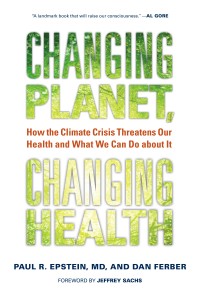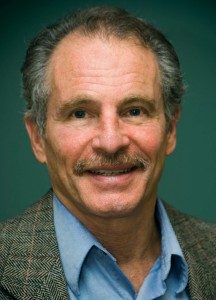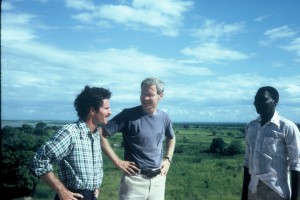New results from the University of Aarhus in Denmark and the Danish National Space Institute allegedly show that particles from space create cloud cover, according to a recent press release. And the Physics World magazine (May, 2011) report that the
researchers say this is the best experimental evidence yet that the Sun influences the climate by altering the intensity of the cosmic-ray flux reaching the Earth’s surface.
Quite spectacular claims! So let’s see what is the source of this information.
The basis for the statements was a recent paper published in GRL by Enghoff et al. The key points in the paper are stated as: (a) Cosmic rays increase nucleation rate, (b) A particle beam is not needed, for experiments, and (c) Ions are important for atmospheric nucleation rate. But where is the link to real clouds?




 It would not surprise me if the denialists would deny the existence of the new book by Haydn Washington and John Cook (
It would not surprise me if the denialists would deny the existence of the new book by Haydn Washington and John Cook (